Top Things to Know Before Buying Indoor Plants: A Green Thumb's Guide
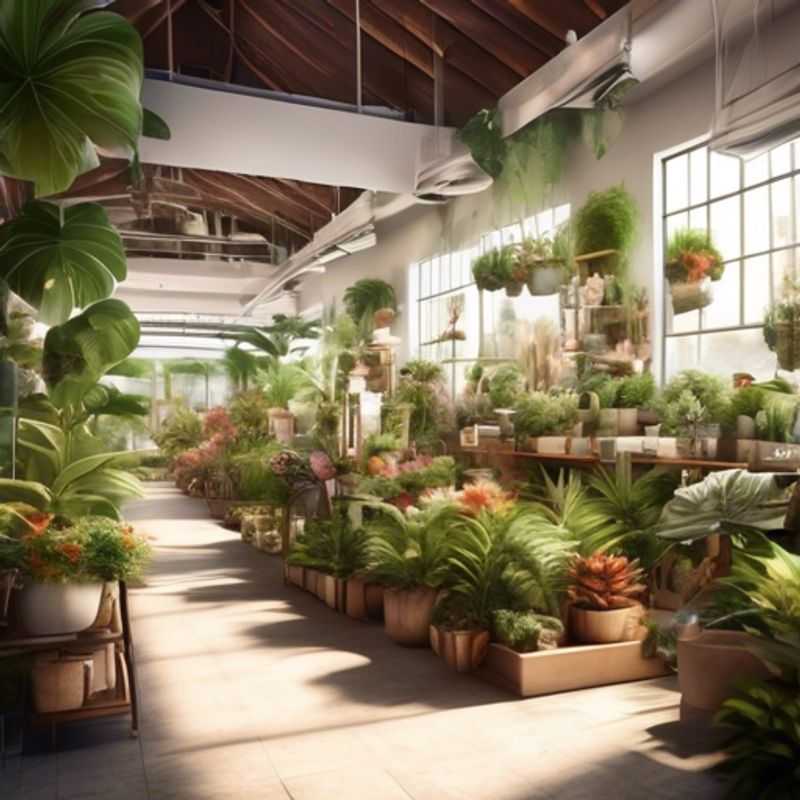
Top Things to Know Before Buying an Indoor Plant Store: Research, Measure, Consider Lighting, Determine Budget, Choose Reputable Sources, Read Reviews, Familiarize Yourself with Care Techniques
Ah, the allure of bringing nature indoors! There's a certain charm to having living, breathing greenery filling your home. But before you dive into the exciting world of indoor plant shopping, it's crucial to equip yourself with some knowledge. Think of it as a pre-flight checklist, ensuring a smooth and rewarding journey for both you and your new leafy companions.
First and foremost, research the specific plant species and their care requirements.
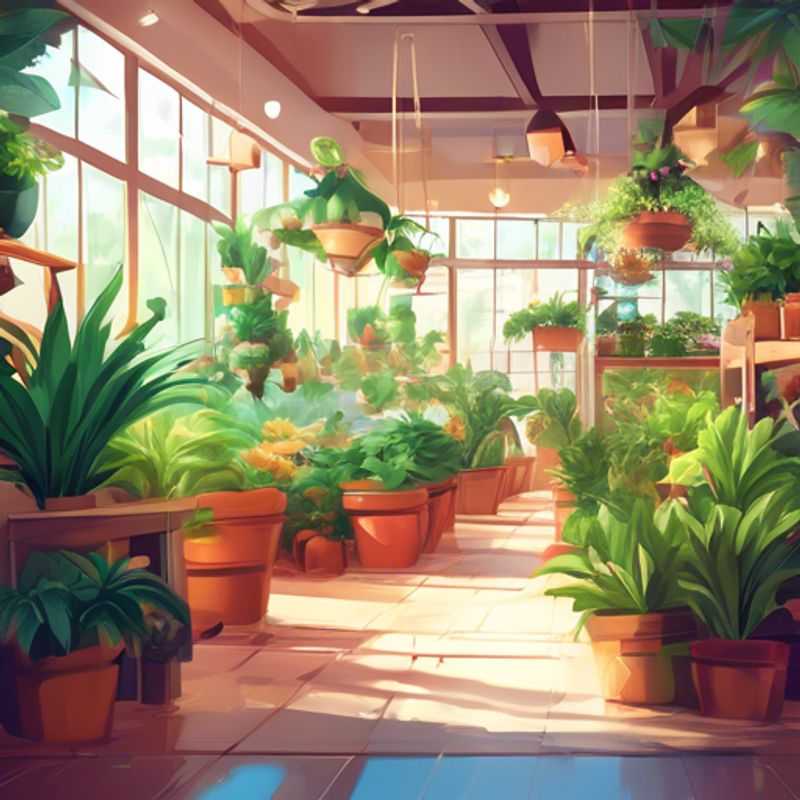
Unveiling the Secrets of Your Plants: Researching Species and Care
When researching a specific plant species, start by identifying its botanical name. This name is crucial for accurate information. You'll need to understand its light requirements – does it thrive in full sun, partial shade, or full shade? Knowing this is essential for selecting the right location for your plant. Next, consider its watering needs. Some plants require frequent watering, while others prefer drier conditions. You'll also need to determine the plant's soil preferences – does it need well-draining soil, acidic soil, or something else? Understanding these factors is critical for the plant's health.
Additionally, explore its fertilizer requirements. Some plants need regular fertilization, while others may not. Pest and disease susceptibility is another important factor. Research potential pests and diseases that may affect the plant and learn how to prevent and treat them. Understanding the plant's growth habits, like its mature size and growth rate, will help you plan for its placement.
Finally, research the propagation methods available for your chosen species. This information can be invaluable if you want to create new plants from cuttings or seeds. Consider the climate in your area and how well the plant will adapt. Online resources like the website of the Royal Horticultural Society (RHS) or your local botanical garden can be valuable sources of information. Remember, accurate research is essential for providing the best care for your plants and ensuring their long-term health.
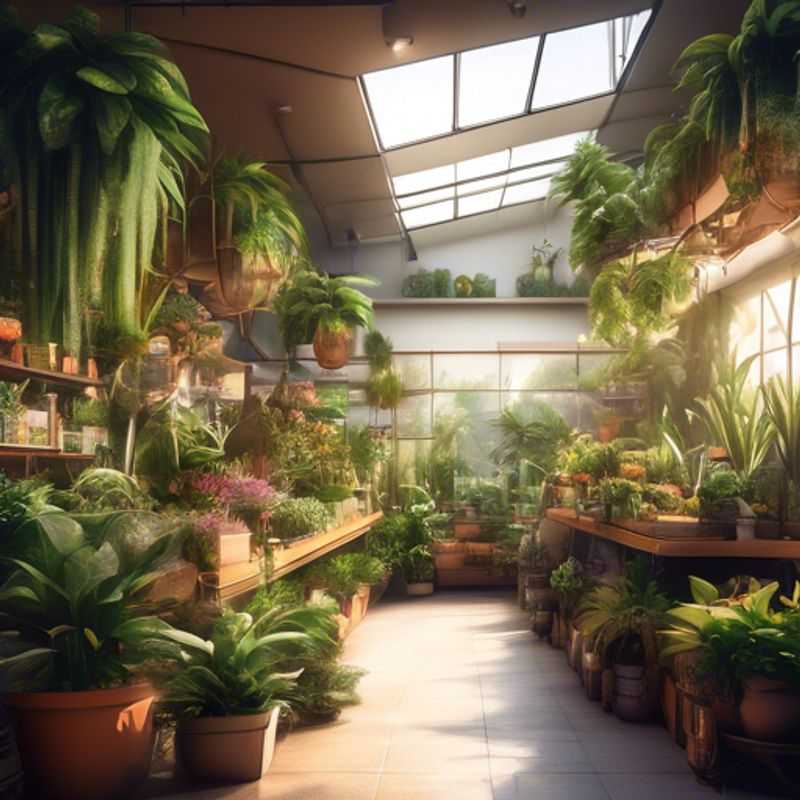
Measure Your Space, Grow Your Greenery: Choosing the Right Sized Plants for Your Home
Choosing the right-sized plant for your home can be a balancing act between aesthetics and practicality. To make sure your new leafy friend thrives and doesn't overpower your space, measuring is essential.
Start by identifying the area where you envision placing your plant. This might be a shelf, table, corner, or even a hanging basket. Next, grab a measuring tape and note down the dimensions of the space. Consider the height, width, and depth, taking into account any obstacles like furniture or light fixtures.
Now that you know the space's measurements, consult plant information. Websites, books, or even plant tags provide information on the mature size of various species. Look for information like the height, spread, and growth habit of the plant. This will help you select a plant that will fit comfortably within the available space.
Don't forget about the pot! Plants need room to grow, so factor in the size of the pot you choose. A general rule of thumb is to select a pot that's slightly larger than the plant's root ball. Remember that plants will grow and potentially require repotting, so select a pot that can accommodate their future growth.
By following these simple steps, you can ensure that you choose a plant that's the perfect fit for your home.
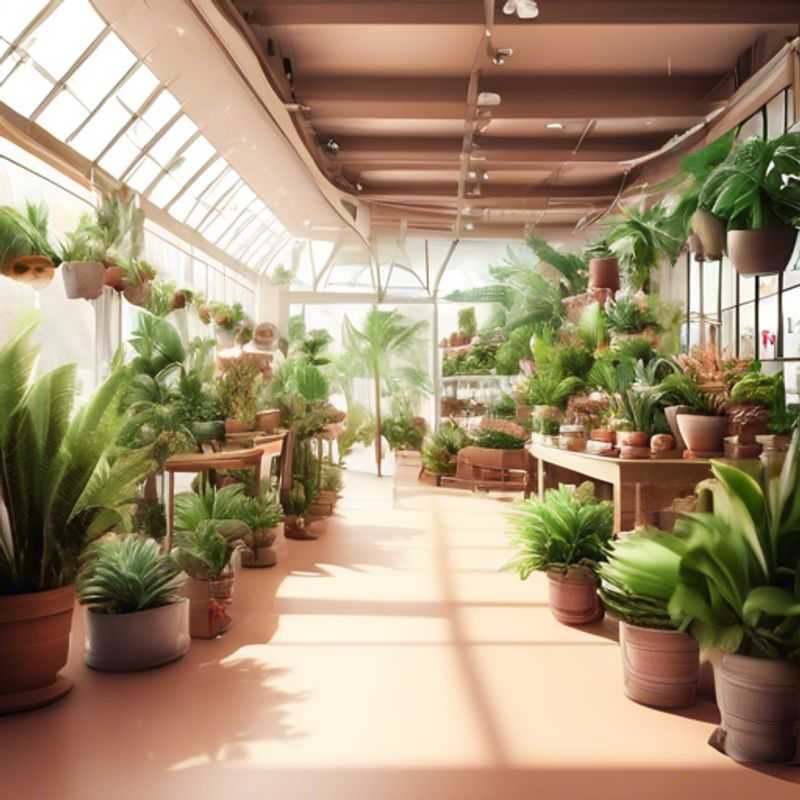
Light It Up: Choosing the Right Spot for Your Plants
Plants are amazing living organisms that require specific conditions to thrive. One crucial factor is lighting. Different plant species have varying needs when it comes to sunlight. Before placing your plants, take a moment to assess the lighting conditions of your chosen spot.
Sunlight is a vital source of energy for plants, driving their growth and photosynthesis. However, excessive direct sunlight can scorch delicate leaves, while too little light can lead to stunted growth and pale foliage.
Understanding the amount of light your plants need is essential. Some plants, like succulents and cacti, are well-suited to full sun, while others prefer partial shade or indirect light. Pay attention to the plant's specific requirements.
If you're unsure about the lighting needs of a particular plant, a quick online search can provide valuable information. Remember, observing your plants carefully will give you insights into their needs. If you notice leaves becoming pale or wilting, adjusting the lighting conditions might be necessary.
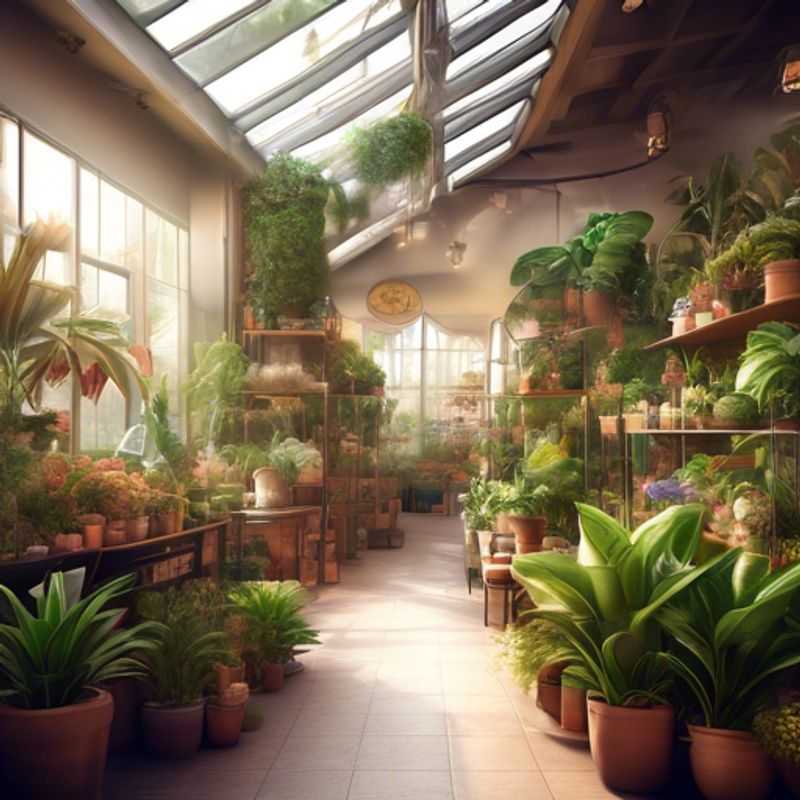
Budgeting for Your Plant's Lifespan: From Initial Purchase to Ongoing Care
Determining a budget for the initial purchase and ongoing plant maintenance is essential for successful plant ownership. It involves considering both upfront costs and recurring expenses.
Initial Purchase: This includes the cost of the plant itself, along with any necessary pots, soil, and tools. Research prices from reputable sources, and factor in any additional costs like delivery or shipping.
Ongoing Maintenance: This encompasses recurring expenses like fertilizer, pest control, and any necessary repotting. Factor in the cost of water and electricity for irrigation systems, and any professional services like pruning or disease management.
Tips for Cost-Effective Maintenance: Consider DIY solutions for basic tasks like repotting and fertilizing. Invest in high-quality soil and tools, which will last longer and reduce the need for frequent replacements.
Remember: A well-planned budget can help ensure your plants thrive while minimizing unexpected costs. Regularly review and adjust your budget as needed based on your plant's changing needs.
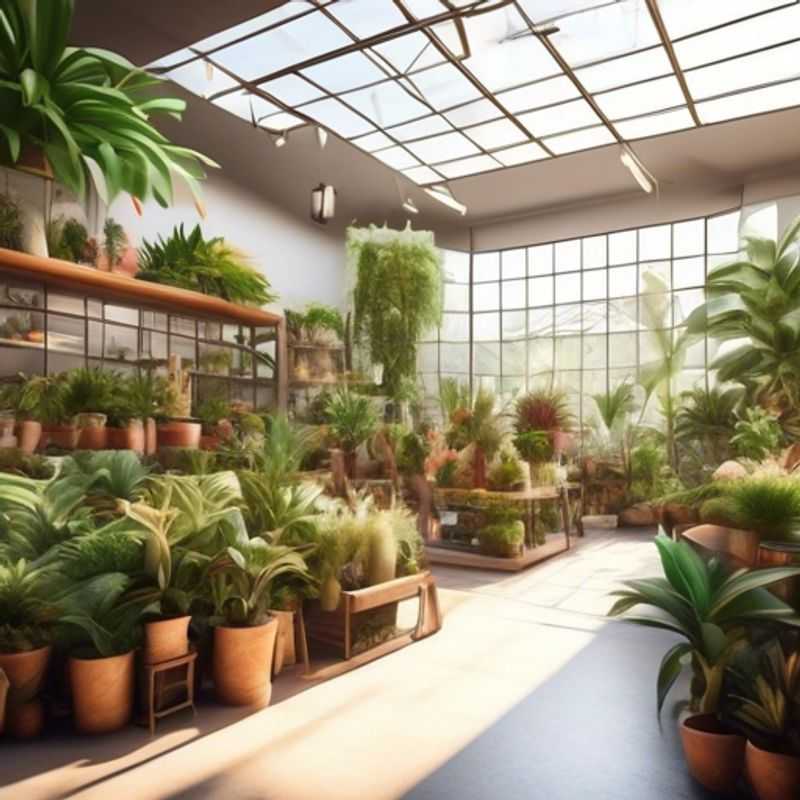
Finding the Right Nursery: Your Guide to Healthy Plants and Expert Advice
When it comes to finding the perfect plants for your garden, choosing a reputable nursery is crucial. Whether you're looking for a specific variety or simply browsing for inspiration, a knowledgeable nursery can provide expert advice and ensure you're getting healthy, thriving plants. But how do you identify the best nurseries? Here's a quick guide to help you navigate the process.
First, consider the type of plants you're seeking. Do you need a specific species, or are you looking for a general selection? Are you interested in native plants, perennials, annuals, or something else entirely? Once you know your needs, you can start your search.
Next, seek recommendations from friends, family, or local gardening groups. Their firsthand experience can provide valuable insights into the quality and service of different nurseries. You can also search online for reviews and ratings, which can help you assess a nursery's reputation and customer satisfaction.
Once you've narrowed down your choices, visit a few nurseries in person to get a feel for their atmosphere. Observe the overall condition of the plants - are they healthy, well-maintained, and free of pests or diseases? Pay attention to the staff's knowledge and helpfulness. A good nursery will have knowledgeable staff who are passionate about plants and eager to help you choose the right ones.
Finally, consider the price and availability of the plants. Prices can vary widely, so compare prices from different nurseries before making a purchase. Ensure the nursery has a good selection of the plants you're looking for, and inquire about their return policy in case you need to exchange a plant.
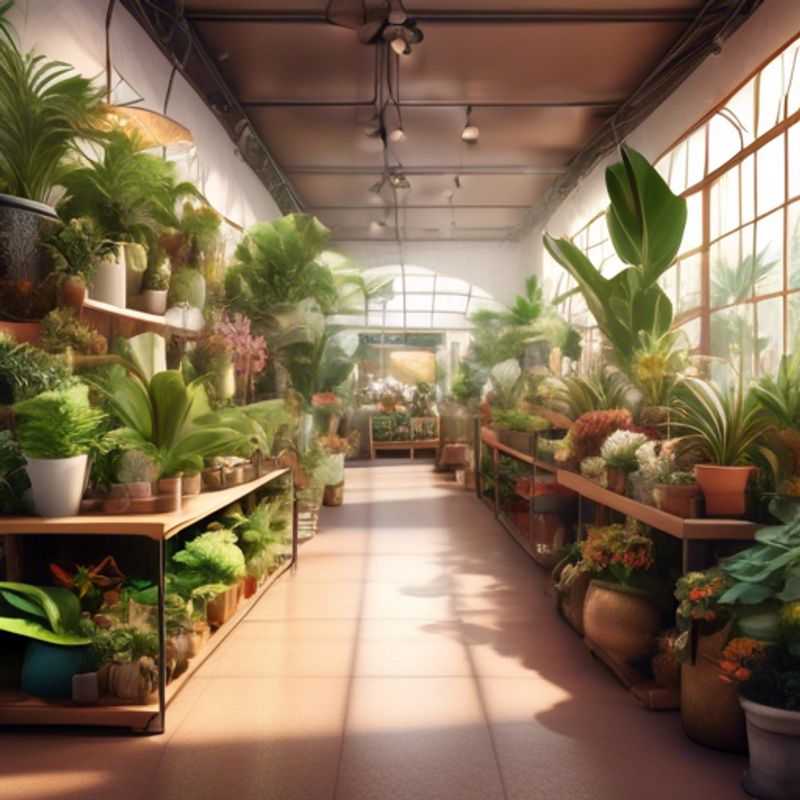
Read Reviews Before You Buy: Ensuring Healthy, High-Quality Plants
In the world of gardening, it's crucial to ensure you're starting with healthy plants. A quick glance at online reviews can provide valuable insights into the quality and health of plants you're considering purchasing. These reviews can be your secret weapon, helping you avoid disappointment and ensuring a flourishing garden.
Look for reviews that mention the plant's overall health, such as strong growth, vibrant colors, and absence of pests or diseases. This gives you a good indication of the plant's condition and its potential for thriving in your care.
Reviews often highlight the seller's reputation for providing healthy and well-maintained plants. Take note of comments regarding packaging and shipping practices, as these factors can significantly impact the plant's arrival condition.
Don't hesitate to cross-reference reviews from multiple sources, such as online marketplaces, gardening forums, or even local plant nurseries. This helps create a more comprehensive picture of the plant's quality and the seller's reliability.
Remember, online reviews can be a valuable tool for making informed decisions. By taking the time to read and analyze them, you can ensure a successful and fulfilling gardening experience.
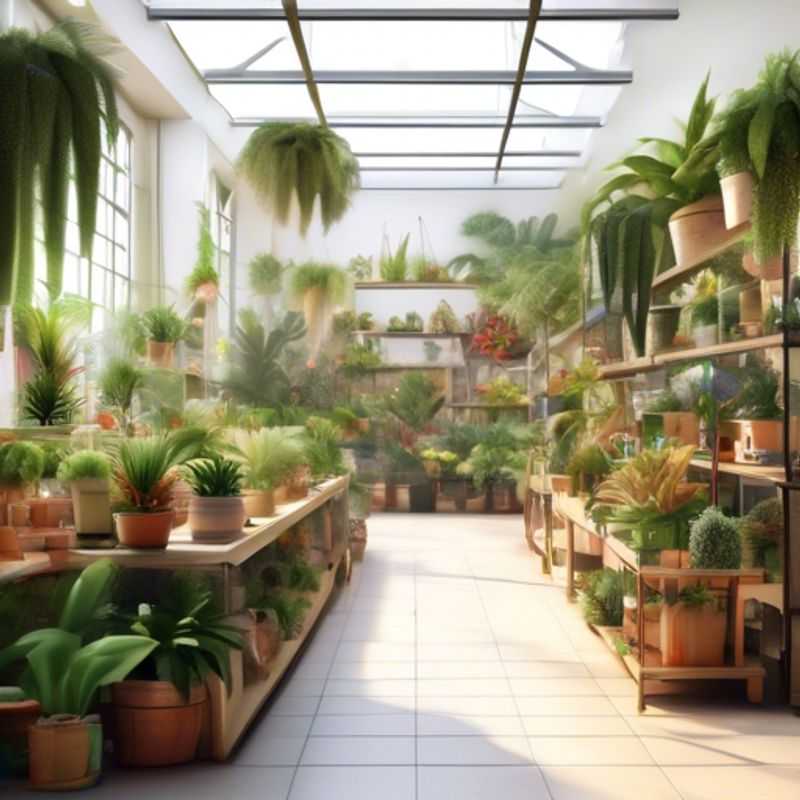
Nurturing Your Green Companions: Mastering Watering, Fertilizing, and Repotting
Mastering the art of watering, fertilizing, and repotting your plants is crucial for their well-being and flourishing. Consistent and appropriate watering is key. Avoid overwatering, which can lead to root rot. Feel the soil before watering, and water thoroughly when the top inch is dry. Fertilizing provides essential nutrients for healthy growth. Use a balanced liquid fertilizer diluted according to instructions. Fertilize during the growing season, typically spring and summer.
Repotting provides fresh soil and adequate space for your plant's root system to thrive. Repotting is often necessary when roots become crowded or the plant outgrows its current pot. Choose a pot slightly larger than the previous one with drainage holes. Use a quality potting mix, and carefully transfer the plant to the new pot, ensuring the root ball is at the same level as before.
These basic practices, coupled with proper sunlight and temperature conditions, will foster healthy growth and long-lasting beauty for your plants. Remember, every plant has unique needs, so research your specific species for more detailed guidance.
